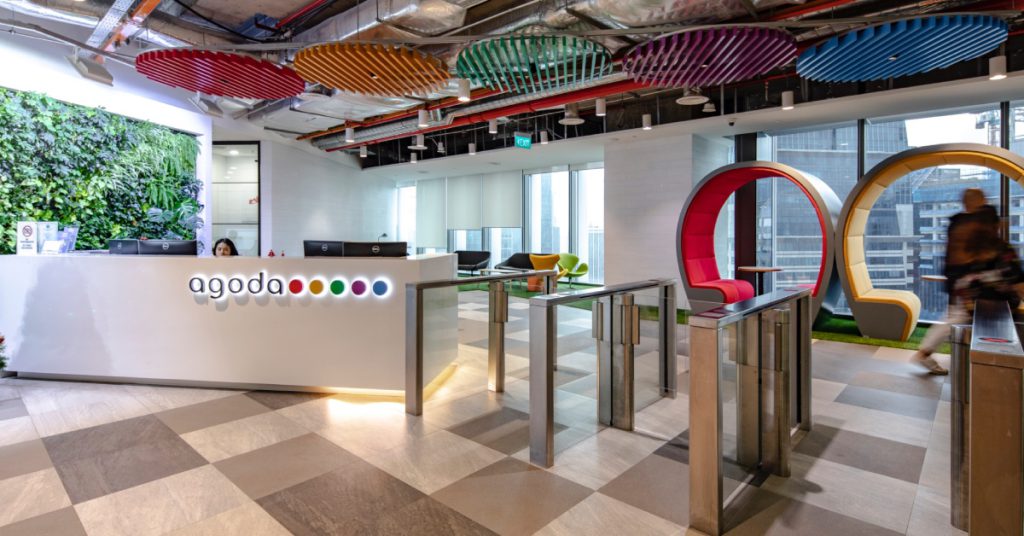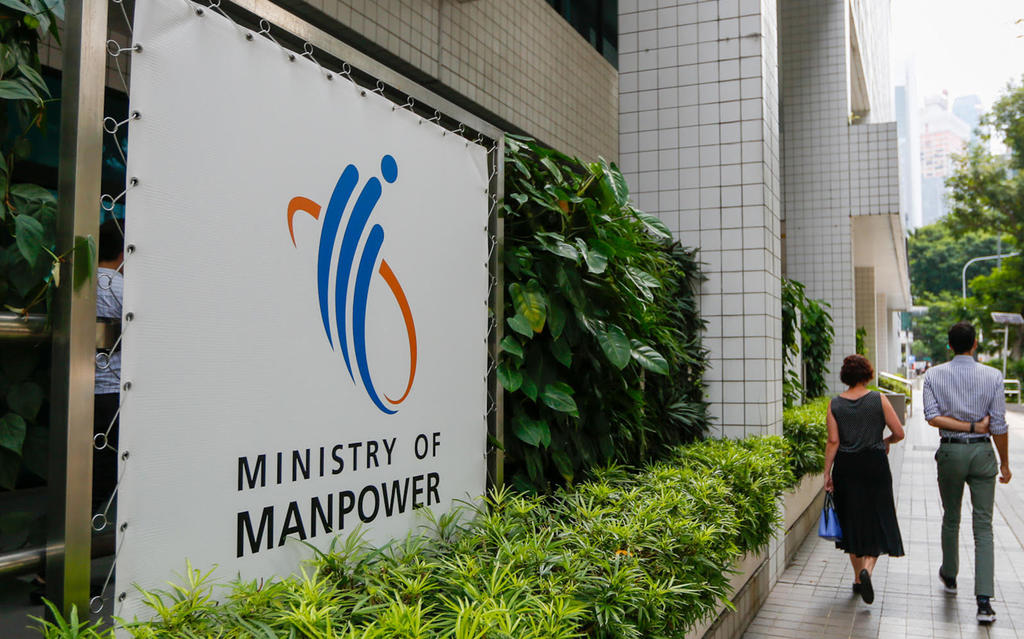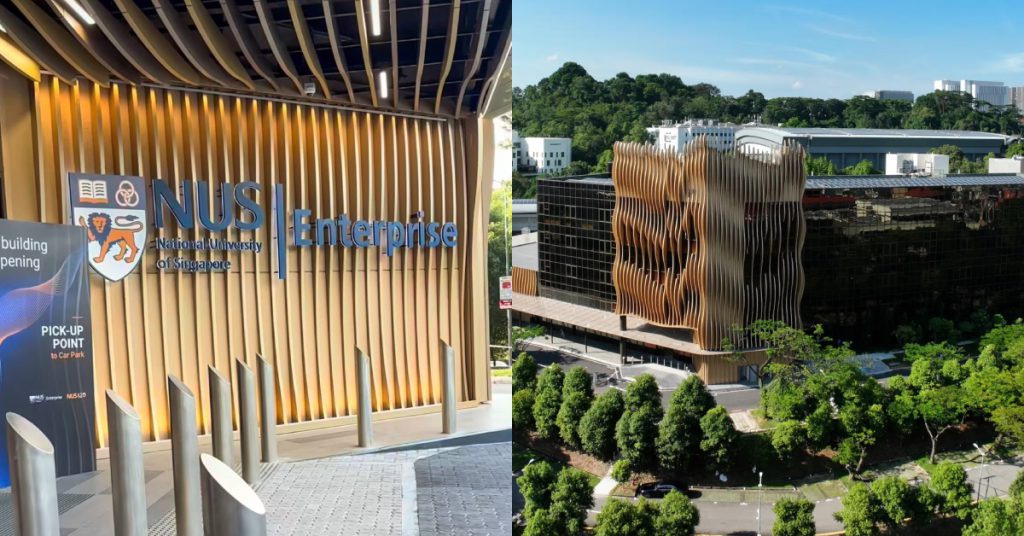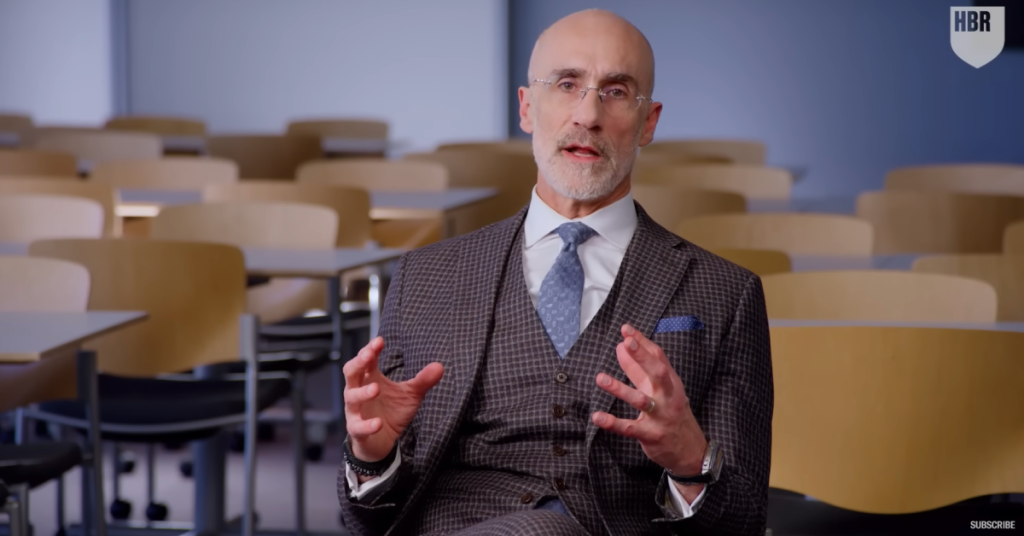It’s been about four months since the public transport fare hike of 6% kicked in—commuters have been paying up to 10 cents more for each journey since December 28, 2024.
This marks the fourth consecutive year of fare increases. In 2023, adult card fares rose by as much as 11 cents, following hikes of up to five cents in 2022 and four cents in 2021.
Yet, at the same time, Singapore’s public transport system has continued to experience a series of service disruptions, including a major six-day-long East-West Line breakdown in September 2024, which impacted around 2.6 million passengers.
But if commuters are paying more and more each year, why aren’t service improvements more consistently visible? And is there a continued need for these fare adjustments?
Why do fares keep rising and how are they determined
Since 1998, public transport fares have been adjusted annually based on a fare formula designed to strike a balance between financial sustainability and affordability, according to the Public Transport Council (PTC).
The formula takes into account factors such as wage growth, energy prices, and the overall cost of operating the public transport system.
To ensure it stays relevant and responsive to shifts in the sector and broader environment, it is revised every five years.
However, in a recent episode of The Daily Ketchup, Transport Minister Chee Hong Tat said that the PTC doesn’t apply the fare formula strictly.

While the formula reflects real cost pressures, the resulting figures can sometimes be too high to implement fully—exceeding 10% in some years. Raising fares by that much would hurt affordability for commuters, he said.
“If you look at the fares, for the last few years, we didn’t follow the formula. We reduced the increase by quite a large number.”
Last year, for instance, fares rose by 6%, even though the formula indicated a higher adjustment—the shortfall was absorbed by the government, which had provided a top-up of S$200 million, on top of existing subsidies of S$1 billion each to keep Singapore’s bus network and train systems running.
“So for every trip taken [by a commuter], actually, the subsidy from the government for that commuter is about S$1.”
If the government doesn’t step in to cover this shortfall, it would create a permanent gap between fare revenue and operating costs—a situation that could undermine the long-term sustainability of the public transport system.
“We don’t want operators to persistently lose money, because if they do, they won’t be able to retain staff and build capabilities. Then, we will see more problems and reliability issues.”
Back in 2023, Mr Chee pushed back against suggestions in Parliament from MPs to freeze future fare hikes or eliminate subsidies for the shortfall, calling such moves “not sound” and “populist.” He warned that doing so would widen the funding gap and result in an even heavier burden on taxpayers in the future.
Improvements to Singapore’s public transport system
While public transport fares are primarily used to cover the rising costs of operating and maintaining the existing public transport system, the PTC adopted a new fare formula in 2023, which incorporated a fixed “capacity adjustment factor” of 1.1% each year to account for costs related to expanding the system.
The formula will apply till 2027, and it is based on actual and planned capacity enhancements to the network from 2020 to 2026.
But have commuters seen tangible improvements in Singapore’s public transport system?
There are certainly efforts underway—new MRT stations and lines have been rolled out over the years and are continuing to be progressively introduced.

For instance, by next year, the Circle Line will finally be completed, forming a full loop that reduces travel time and enhances connectivity for commuters along that route.
The Thomson-East Coast Line and Downtown Line will also be extended further, and between 2027 and 2029, stations along the Jurong Region Line will open in phases.
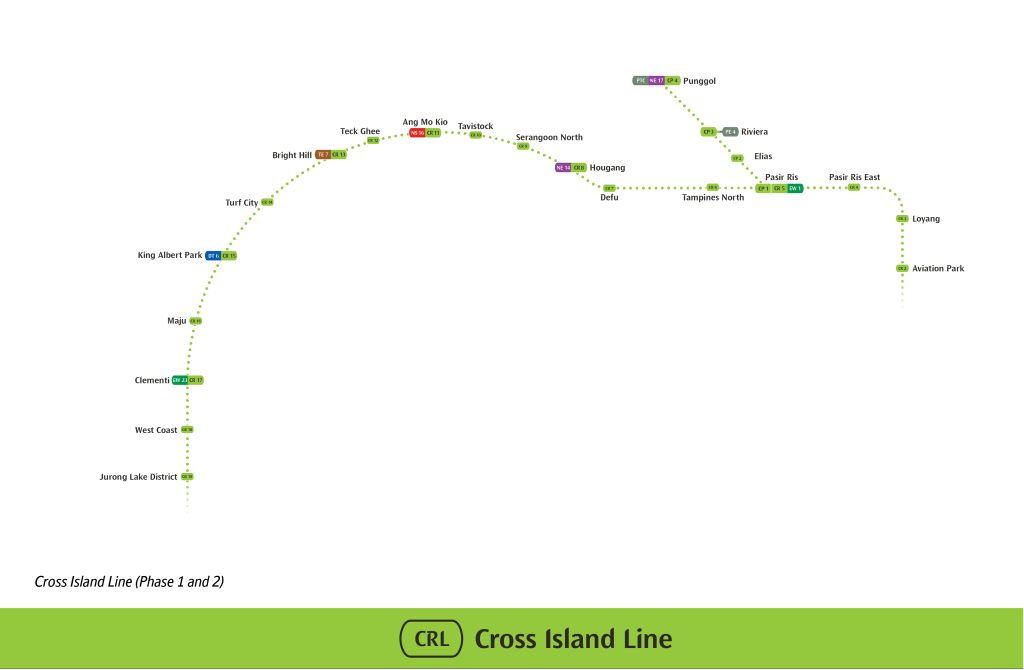
Looking ahead, the Cross Island Line is expected to commence operations in 2030. These projects aim to bring the MRT network closer to more residents, supporting the government’s goal of having 8 in 10 households within a 10-minute walk of a train station.
Meanwhile, improvements are also being made to Singapore’s bus network. Since the launch of the Bus Connectivity Enhancement Programme last year, the Land Transport Authority has introduced 11 new bus services to better connect estates across the island, including Woodlands, Punggol, and Tengah.
Additionally, 43 existing services have been enhanced with increased capacity or expanded coverage.
“The best replacement for a train disruption is another train line”
That said, there’s no denying that the recent MRT breakdowns have caused frustration and inconvenience to thousands of commuters.
Addressing these issues on the podcast, Mr Chee explained that part of the long-term solution lies in expanding the MRT network.
Currently, when disruptions occur, commuters are often forced to switch to buses because there “isn’t enough redundancy” within the train network. But buses simply don’t match the capacity or efficiency of trains.
“The best replacement for a train disruption is another train line,” he said.
With a more extensive and interconnected network, commuters will still be able to complete their journeys by switching to alternative train lines, making the overall system more efficient.
In addition to expanding the network, the government is also investing heavily in improving rail reliability.
Over the next five years, S$1 billion will be spent on enhancing the system’s infrastructure. This includes installing more sensors and adopting advanced technology for condition monitoring, allowing operators to detect early signs of wear and tear and carry out preventive maintenance before issues escalate into service disruptions.
It’s important to recognise that disruptions are, to some extent, inevitable—no train system is completely immune to issues.
Nonetheless, Singapore’s public transport system has come a long way. Just a decade ago, the MRT network faced frequent reliability problems, a fact acknowledged by then-Transport Minister Khaw Boon Wan.
At the time, trains averaged just 130,000 kilometres between failures—but today, that figure has improved dramatically, with Singapore’s trains now clocking millions of kilometres between delays.
With the continued rollout of new MRT lines, the expansion of the bus network, and significant infrastructure upgrades, these collective efforts will not only improve connectivity and efficiency but also position Singapore’s public transport system as one of the most reliable in the world.
- Read other articles we’ve written on Singapore’s current affairs here.
Also Read: Data shows Singapore MRT is more reliable than Hong Kong MTR—and has been for several years
Featured Image Credit: Screengrab from The Daily Ketchup



